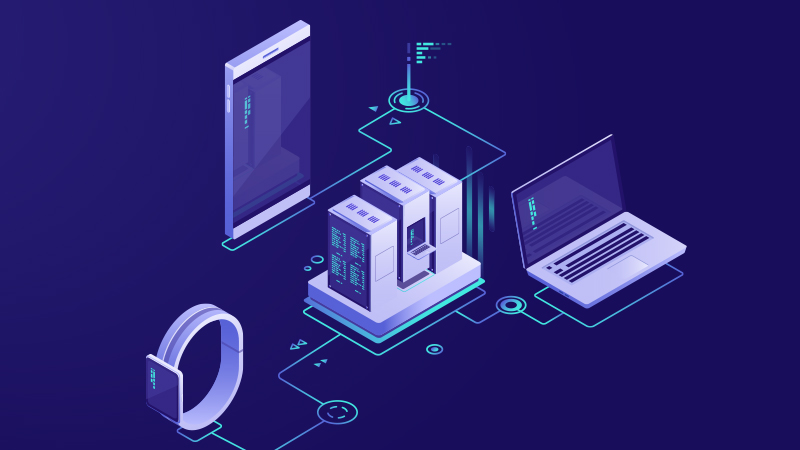
Category Scan: Coronavirus Impact on IT Infrastructure


The impact of COVID 19 is clearly visible in the domain of IT infrastructure, and IT procurement managers can experience delays and increase in prices of IT hardware like PC, smartphones/tablets, network hardware, server and storage due to supply shortages.
The global telecom revenue is expected to decline by 3.4 percent in 2020; consumer services which constitute more than 65 percent of the total revenue will not have a substantial impact and consumer digital services will witness around 15 percent growth in revenue.
Fixed and mobile services of business/corporate segment is expected to witness a decline of around 10 and 12 percent respectively. However, ICT services and IoT Connectivity services will experience an uptick of 5-7 percent and around 12 percent respectively.
Global IT spending is expected to shrink by 2.7 percent this year as enterprises have to put their plans on hold due to the pandemic, according to Beroe Inc. Spending on devices segment including tablets, PCs, Smartphones, and peripherals is expected to fall to 8.8 percent in FY2020.
The global PC sales has declined by 12.3 percent Y-o-Y reaching 51.6 million units during Q1 2020 due to the COVID -19 and eventually following production decline in China. Asia Pacific region witnessed the steepest decline of 27.1 percent Y-o-Y during the period.
Server production has stalled owing to the impact of COVID in China. Vietnam is being considered as a preferred location away from China followed by Mexico and India for manufacturing, however, Vietnam does not have the required manpower nor existing infrastructure to support high capacities supported by China.
The worst impact of COVID 19 is seen in the Server/Storage IT infrastructure category with the growth rate transitioning from 0.8 percent before the pandemic to -3.3 percent for the post COVID-19 situation.
Mobile phones witnessed a steep decline in growth, with a pre COVID 19 projection of 9 percent while post the COVID 19, the growth is a negative of -6.5 percent. Industries such as personal and consumer services as well as transportation have a major cut in their IT expenditure, while healthcare and telecom demonstrate positive growth.
The impact of the coronavirus experienced by the IT hardware and Telecom industry has been partially offset due to the existing inventory and finished goods. This buffer stock was made available primarily because of the trade dispute between the U.S. and China, and Chinese New Year holidays. The requirement of social distancing and eventually restricting the movement of laborers is a key issue as IT hardware infrastructure requires the physical presence of workforce from deployment to field services.
Key Findings:
-
From February 2020 onwards, telcos are focusing less on buying equipment for new deployment of 5G or FTTx; rather they are replenishing their stock of existing equipment to support resilience and mitigate network outages.
-
The decline and, in a few geographies the halt of production activities coupled with the restraint on international shipment logistics as well as intensified monitoring by customs authorities have severely strained the supply chain for IT Hardware.
-
There has been an increase in cloud data center capacities to meet the growing demand of cloud based applications that facilitate seamless collaboration.
-
Global smartphone shipments in Q1 2020 has seen a sharp decline of 13 percent Y-o-Y with shipments reaching 250 million units predominantly due to COVID 19 pandemic impact.
-
The short term impact of COVID 19 is medium-high for PC/Smartphones, network hardware, and server and storage, with a low short term impact on telecom services.
-
There is an increase in demand of approximately 20-25 percent for refurbished telecom and network hardware, with the highest demand for optical modules to increase network capacity and handle high and unpredictable demands.
Related Insights:
View All
Get more stories like this
Subscirbe for more news,updates and insights from Beroe






